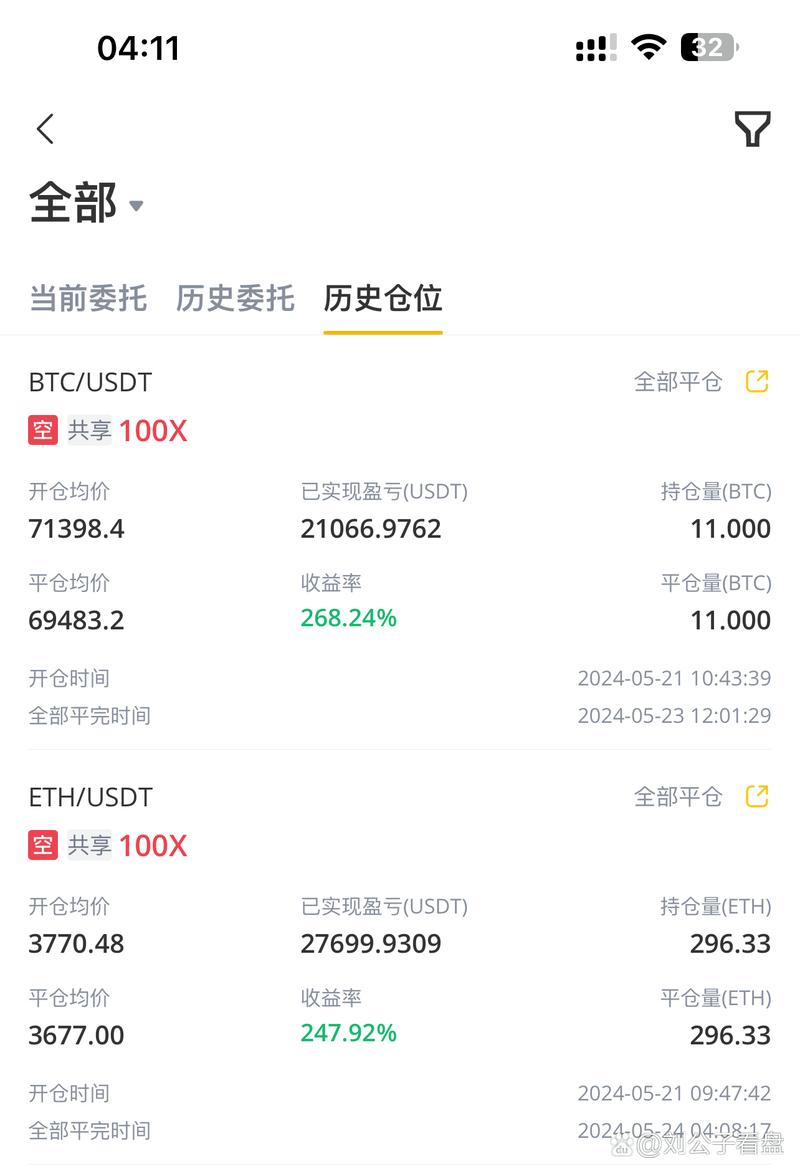
Understanding BCH and ETH: A Comprehensive Guide
BCH and ETH are two terms that often come up in discussions about blockchain technology. While they are related, they refer to different aspects of this innovative field. In this article, we will delve into the details of both BCH and ETH, exploring their origins, functionalities, and significance in the blockchain ecosystem.
BCH: The Basics
BCH, short for Bitcoin Cash, is a cryptocurrency that was created as a result of a hard fork from Bitcoin in 2017. The primary goal of BCH was to improve upon Bitcoin’s scalability issues by increasing the block size limit. This change allowed for more transactions to be processed in each block, thereby reducing congestion and transaction fees.

One of the key features of BCH is its focus on simplicity and efficiency. It aims to provide a faster and more affordable way to send and receive money globally. BCH also maintains compatibility with Bitcoin’s original protocol, ensuring that users can easily interact with both networks.
ETH: The Power of Smart Contracts
ETH, short for Ethereum, is a blockchain platform that enables the creation and execution of decentralized applications (DApps). Unlike BCH, which is primarily a cryptocurrency, ETH is designed to support a wide range of applications beyond just financial transactions.
The most notable feature of Ethereum is its smart contract functionality. Smart contracts are self-executing contracts with the terms of the agreement directly written into lines of code. This allows for trustless and transparent transactions, as the code governs the execution and enforcement of the contract.
Ethereum’s smart contracts have revolutionized the blockchain industry, enabling the development of decentralized finance (DeFi), decentralized autonomous organizations (DAOs), and other innovative applications. The platform’s native cryptocurrency, Ether (ETH), is used to pay for transaction fees and incentivize network participants.

Comparing BCH and ETH
While BCH and ETH share some similarities, such as their origins in the blockchain space, they differ significantly in their primary focus and functionality.
| Aspect | BCH | ETH |
|---|---|---|
| Primary Purpose | Cryptocurrency | Blockchain platform for DApps |
| Scalability | Increased block size | Layer 2 scaling solutions |
| Smart Contracts | No native support | Extensive support for DApps |
| Transaction Fees | Lower fees compared to ETH | Higher fees due to network congestion |
As shown in the table above, BCH is primarily focused on improving the scalability of Bitcoin, while ETH is designed to support a wide range of decentralized applications. This difference in focus has led to distinct communities and use cases for each cryptocurrency.
The Future of BCH and ETH
The future of BCH and ETH remains uncertain, but both cryptocurrencies have the potential to play significant roles in the blockchain ecosystem. As the blockchain industry continues to evolve, both BCH and ETH are likely to adapt and innovate to meet the changing needs of users.
BCH may continue to focus on improving its scalability and transaction speeds, while ETH may explore new ways to enhance its smart contract capabilities and support the growth of DApps. Regardless of the specific direction each cryptocurrency takes, their contributions to the blockchain industry are undeniable.
In conclusion, BCH and ETH are two important cryptocurrencies with distinct functionalities and use cases. Understanding their differences and similarities can help you make informed decisions about your investments and participation in the blockchain ecosystem.



